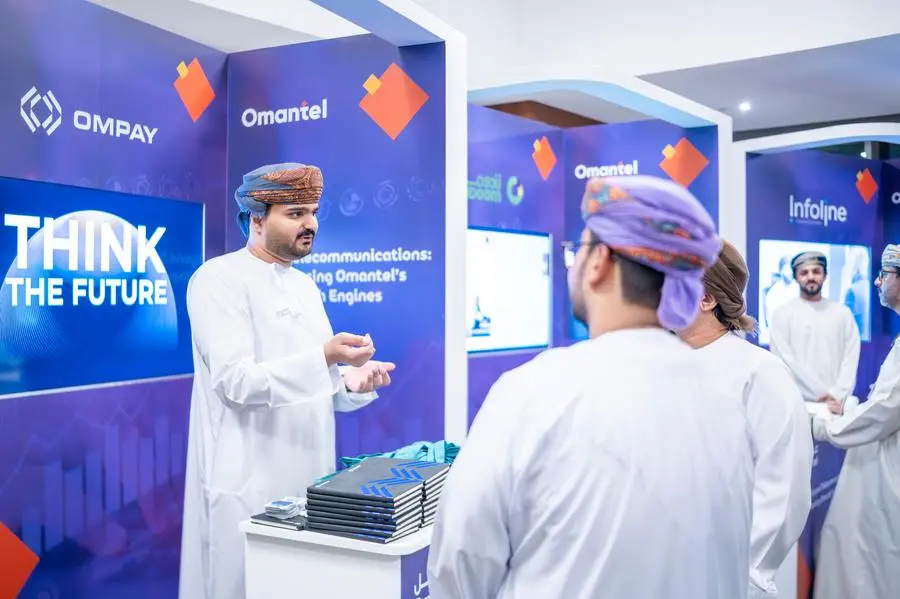Dubai’s Roads and Transport Authority (RTA) has introduced a new AI-powered robot to patrol the emirate’s metro stations, marking a significant step in integrating advanced technology into public infrastructure. This initiative aims to enhance security, improve operational efficiency, and significantly reduce the need for manual inspections, aligning with Dubai’s broader vision of becoming a global leader in artificial intelligence applications.
By the Numbers
The new robotic patrol unit is equipped with a suite of advanced features designed for autonomous surveillance and data collection:
- 24/7 Operation: Capable of continuous, round-the-clock patrolling without human intervention.
- 360-Degree Vision: Utilizes high-definition cameras to provide a comprehensive view of its surroundings.
- Real-Time Data Transmission: Instantly sends live footage and AI-driven alerts to the RTA’s central control room.
- 16-Hour Battery Life: Designed for extended operational periods before requiring a recharge.
Enhancing Security and Operational Efficiency
The primary function of the autonomous robot is to serve as a mobile surveillance unit, proactively identifying and reporting a wide range of issues. On the security front, its AI algorithms are trained to detect potential threats such as abandoned luggage, acts of vandalism, and unauthorized entry into restricted areas. The robot’s presence is intended to act as a deterrent while providing immediate alerts for faster response times.
Beyond security, the robot plays a crucial role in maintaining operational standards across the metro network. It monitors the cleanliness of stations, identifies infrastructure damage like cracks or leaks, and detects malfunctions in lighting or digital displays. By automating these routine inspections, the RTA aims to free up thousands of hours of manual labor, allowing human personnel to focus on more complex tasks and customer service.
A Strategic Push Towards AI Integration
This deployment is a key component of the Dubai Universal Blueprint for Artificial Intelligence (DUB.AI), which seeks to embed AI into all facets of city governance and services. According to Salah Almarzooqi, Director of the Automated Fare Collection Systems Department at RTA, this project supports the authority’s goal of achieving leadership in AI integration by 2025.
The robot’s ability to learn and adapt, coupled with its advanced analytical capabilities, represents a forward-thinking approach to managing one of the region’s busiest public transport systems. It provides the RTA with a powerful tool for predictive maintenance and data-driven decision-making.
About Dubai’s Roads and Transport Authority (RTA)
The Roads and Transport Authority (RTA) is the government body responsible for planning and executing transport and traffic projects in Dubai. Since its formation in 2005, the RTA has been at the forefront of developing an integrated and sustainable transport system to support the emirate’s economic growth and urban development.
Looking Ahead
The successful deployment of this AI patrol robot in the Dubai Metro serves as a powerful case study for other public sector entities across the MENA region. As cities like Riyadh, Neom, and Doha accelerate their smart city initiatives, the RTA’s practical application of robotics and AI in public transport offers a replicable model for enhancing urban safety and efficiency. This move not only improves the commuter experience but also solidifies the UAE’s position as a hub for technological innovation and real-world AI implementation.
Source: Gulf Business














